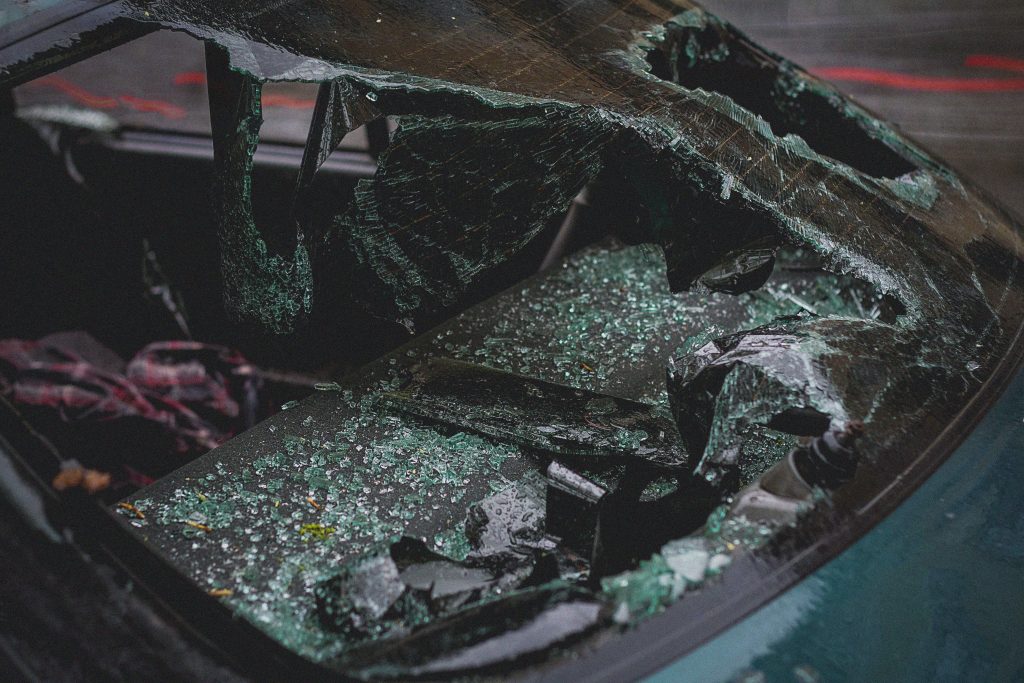 Insurance plans and policies are often riddled with complicated jargon and loopholes to protect insurance companies from financial loss. These confusing insurance provisions can lead an individual to think he/she is covered in case of an accident, but many times leaves individuals unprotected. In one recent Louisiana lawsuit, a consumer’s expectations of coverage are shattered by the complexity of insurance provisions.
Insurance plans and policies are often riddled with complicated jargon and loopholes to protect insurance companies from financial loss. These confusing insurance provisions can lead an individual to think he/she is covered in case of an accident, but many times leaves individuals unprotected. In one recent Louisiana lawsuit, a consumer’s expectations of coverage are shattered by the complexity of insurance provisions.
Cynthia Bennett was driving a vehicle that she borrowed from Service Chevrolet Cadillac (Service Chevrolet) in Lafayette, Louisiana when she was in a car accident with Samantha Brown. The vehicle Ms. Bennett was driving was a “covered auto” under a “garage policy” issued by Tower National Insurance Company (Tower) to Service Chevrolet. Samantha Brown had an auto liability policy issued under USAA and Cynthia Bennett had a personal automobile policy with Allstate that provided uninsured motorist (UM) coverage. Ms. Bennett was able to settle with USAA and Allstate but continued to pursue Tower National Insurance Company for the remainder of damages under her UM coverage provisions in Tower’s “garage policy.”
Tower filed a motion for summary judgment. A motion for summary judgment should be granted when evidence shows that there is “no genuine issue as to material fact, and that the mover is entitled to judgment as a matter of law.” La. C.C.P. art. 966(B)(2). Tower argued that Ms. Bennett was not considered an “insured” under the liability portion of the policy because she had her own policy with Allstate, which showed that there was no genuine issue to material fact. Because Ms. Bennett had her own coverage under Allstate, she was not protected under Tower’s policy as an uninsured motorist. The trial court granted the motion for summary judgment and Ms. Bennett appealed that decision.
 Louisiana Personal Injury Lawyer Blog
Louisiana Personal Injury Lawyer Blog


 Car accidents are unpredictable. Typically when you get in your car and drive, you do not think you are going to be involved in a life-changing automobile accident. For one Louisiana woman, a car accident got even more complicated when she was hit in a rental car by another rental car.
Car accidents are unpredictable. Typically when you get in your car and drive, you do not think you are going to be involved in a life-changing automobile accident. For one Louisiana woman, a car accident got even more complicated when she was hit in a rental car by another rental car. Sometimes, a single witness can make the difference between winning and losing at trial. This is especially so when you are fighting for reasonable medical compensation. Since insurance companies generally try to give patients the least amount of money as possible, they look for all sorts of ways to do so. One way is to prevent a patient’s physician from testifying and giving an opinion of what he or she believes is causing the patient’s current pain. In the following case, the defendant attempted to do just this, but fortunately for the plaintiff, the Court of Appeal found error in the trial court’s decision to exclude the testimony of the plaintiff’s physician.
Sometimes, a single witness can make the difference between winning and losing at trial. This is especially so when you are fighting for reasonable medical compensation. Since insurance companies generally try to give patients the least amount of money as possible, they look for all sorts of ways to do so. One way is to prevent a patient’s physician from testifying and giving an opinion of what he or she believes is causing the patient’s current pain. In the following case, the defendant attempted to do just this, but fortunately for the plaintiff, the Court of Appeal found error in the trial court’s decision to exclude the testimony of the plaintiff’s physician. 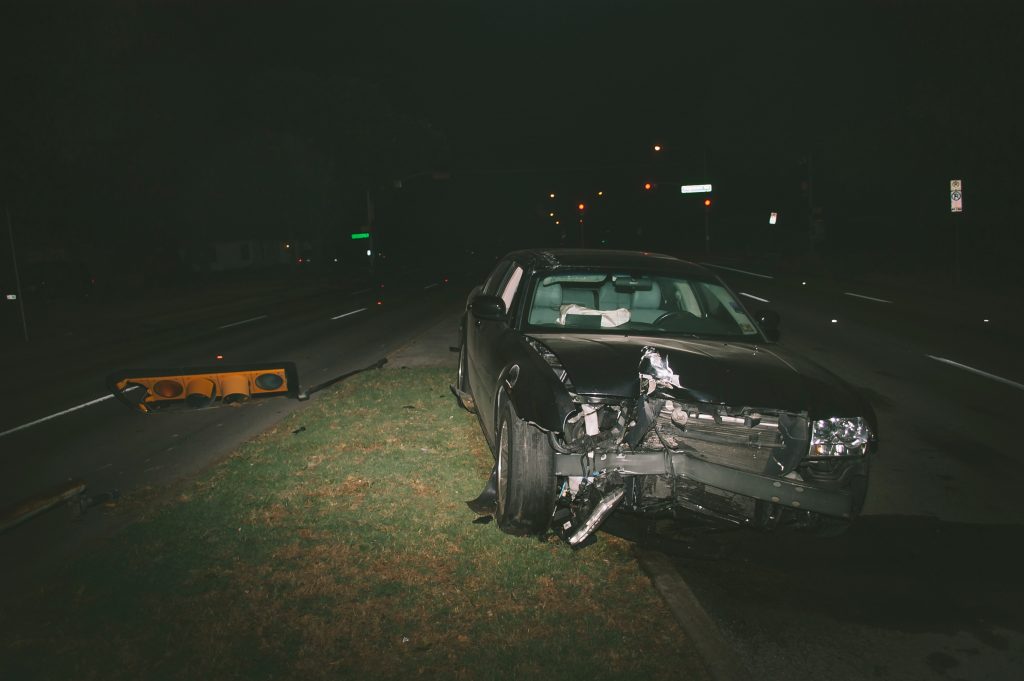 Lawsuits are typically thought of as only between two parties. Frequently however, a lawsuit will involve multiple parties, such as with automobile accidents. In these cases, it is common to assume that a large number of those involved are insurance companies. The Louisiana Third Circuit Court of Appeal recently grappled with these multiparty lawsuits in a recent auto accident lawsuit out of Sulphur.
Lawsuits are typically thought of as only between two parties. Frequently however, a lawsuit will involve multiple parties, such as with automobile accidents. In these cases, it is common to assume that a large number of those involved are insurance companies. The Louisiana Third Circuit Court of Appeal recently grappled with these multiparty lawsuits in a recent auto accident lawsuit out of Sulphur. 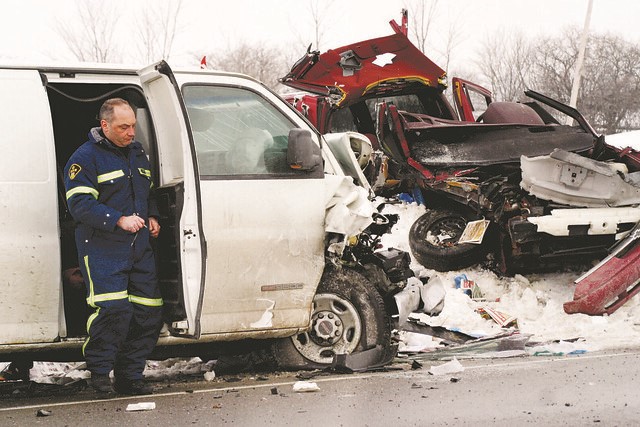 Determining liability in any car accident is frequently a challenging endeavor. This is especially true if one of the vehicles is owned by a city, but a state employee was driving the vehicle. In one such case involving the City of DeRidder, Louisiana, numerous questions arose about who was the liable party after a car accident resulted in multiple injuries.
Determining liability in any car accident is frequently a challenging endeavor. This is especially true if one of the vehicles is owned by a city, but a state employee was driving the vehicle. In one such case involving the City of DeRidder, Louisiana, numerous questions arose about who was the liable party after a car accident resulted in multiple injuries. 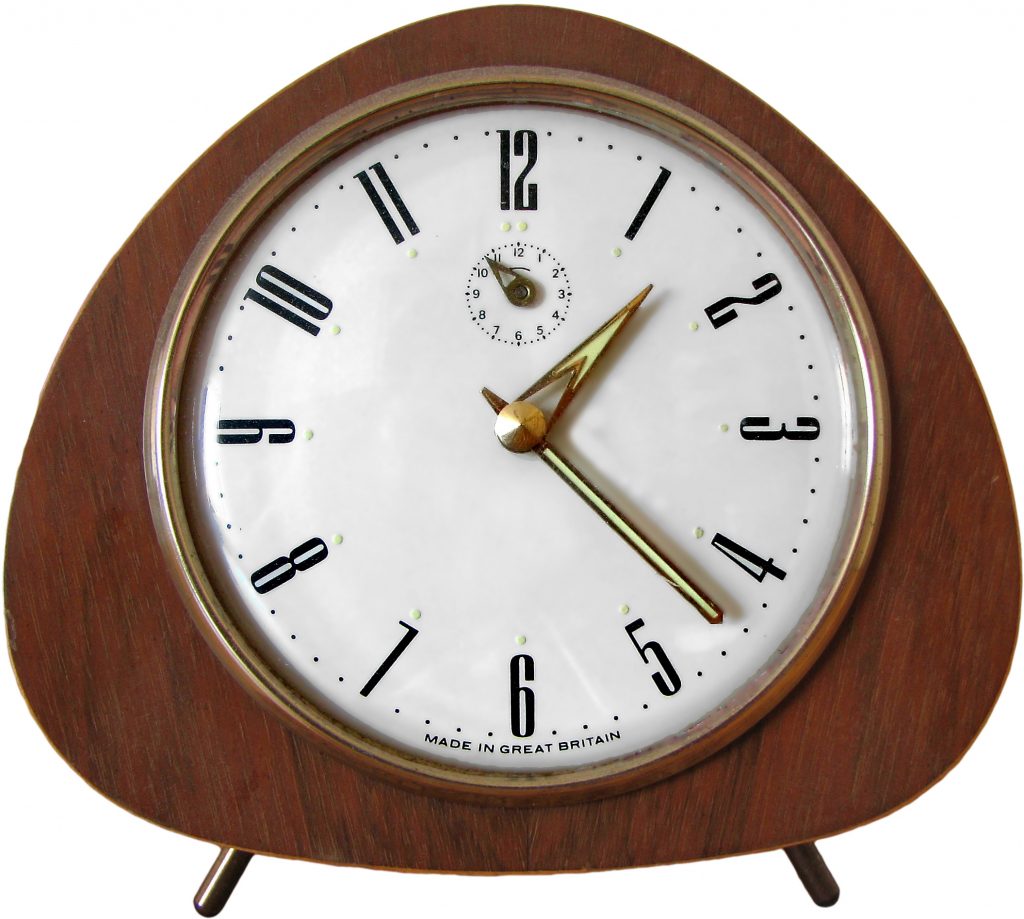 If you are injured and think another party might be at fault, it is important to contact an attorney as soon as possible. If you wait too long, your claim, and any chance of recovering damages could expire, leaving you with little recourse against the responsible party. In the law, this is referred to as prescription, and different claims have different time periods before they prescribe, i.e., expire. In Louisiana, the doctrine of prescription protects defendants from having to defend against stale claims by requiring plaintiffs to file suit in a court of competent jurisdiction and venue within a specified time period and to pursue that suit in a timely manner. There are additional rules determining what actions serve to interrupt the running of prescription, but generally, prescription begins to run from the day damage is sustained,
If you are injured and think another party might be at fault, it is important to contact an attorney as soon as possible. If you wait too long, your claim, and any chance of recovering damages could expire, leaving you with little recourse against the responsible party. In the law, this is referred to as prescription, and different claims have different time periods before they prescribe, i.e., expire. In Louisiana, the doctrine of prescription protects defendants from having to defend against stale claims by requiring plaintiffs to file suit in a court of competent jurisdiction and venue within a specified time period and to pursue that suit in a timely manner. There are additional rules determining what actions serve to interrupt the running of prescription, but generally, prescription begins to run from the day damage is sustained, 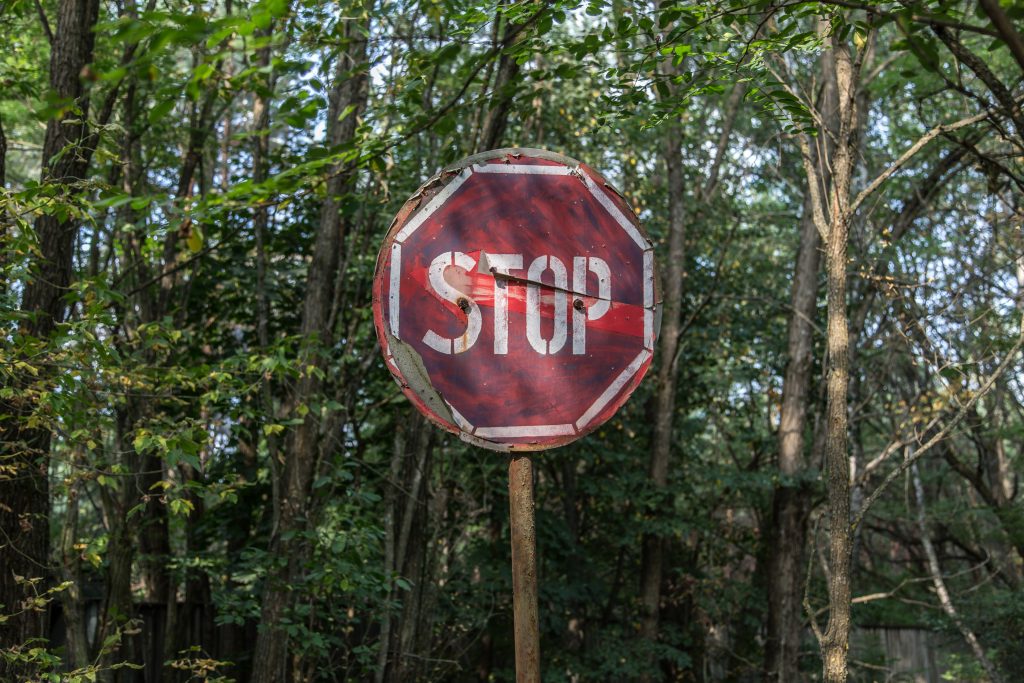 In the legal world, establishing fault and determining liability is not always easy. In some situations, it may seem clear who is responsible for recovery, but in other cases the situation can become much more difficult than it initially seemed. This issue was explored after an automobile accident in Acadia Parish.
In the legal world, establishing fault and determining liability is not always easy. In some situations, it may seem clear who is responsible for recovery, but in other cases the situation can become much more difficult than it initially seemed. This issue was explored after an automobile accident in Acadia Parish. When car accidents happen, it seems natural that those who are injured are compensated by those who are at fault. Depending on the legal jurisdiction, the rules may differ surrounding how fault is assigned and how much recovery is permitted. These rules can be strict, such as no recovery if the injured person was even slightly at fault, or the party most at fault is liable for all damages. The rules can also be proportional, such as allocating recovery based on the percentage of fault each party contributed. This issue was explored in an appeal from an Orleans Parish lawsuit after a 2011 automobile accident.
When car accidents happen, it seems natural that those who are injured are compensated by those who are at fault. Depending on the legal jurisdiction, the rules may differ surrounding how fault is assigned and how much recovery is permitted. These rules can be strict, such as no recovery if the injured person was even slightly at fault, or the party most at fault is liable for all damages. The rules can also be proportional, such as allocating recovery based on the percentage of fault each party contributed. This issue was explored in an appeal from an Orleans Parish lawsuit after a 2011 automobile accident. Sometimes it is easily apparent when one party is liable in a car accident, such as when the facts leave little room for dispute. However, it may not be as easy to determine the amount of damages the plaintiff should receive. How should pain and suffering be calculated? And how much of this pain and suffering is a result not of the accident but of natural course of aging or a preexisting condition? This issue of calculating damages was recently explored in a DeSoto Parish, Louisiana, lawsuit.
Sometimes it is easily apparent when one party is liable in a car accident, such as when the facts leave little room for dispute. However, it may not be as easy to determine the amount of damages the plaintiff should receive. How should pain and suffering be calculated? And how much of this pain and suffering is a result not of the accident but of natural course of aging or a preexisting condition? This issue of calculating damages was recently explored in a DeSoto Parish, Louisiana, lawsuit. When one is injured due to the negligence of another, it is reasonable to expect an award of damages. However, the plaintiff must first prove all the elements of negligence. Not only must a plaintiff prove the defendant had a duty of care which the defendant violated, but the plaintiff must also offer evidence that shows the defendant’s conduct was the factual and legal cause of the plaintiff’s injuries. For many cases, the causal connections can be difficult to prove and requires expert testimony. For these reasons, a good lawyer is essential for the successful outcome of a negligence suit.
When one is injured due to the negligence of another, it is reasonable to expect an award of damages. However, the plaintiff must first prove all the elements of negligence. Not only must a plaintiff prove the defendant had a duty of care which the defendant violated, but the plaintiff must also offer evidence that shows the defendant’s conduct was the factual and legal cause of the plaintiff’s injuries. For many cases, the causal connections can be difficult to prove and requires expert testimony. For these reasons, a good lawyer is essential for the successful outcome of a negligence suit.